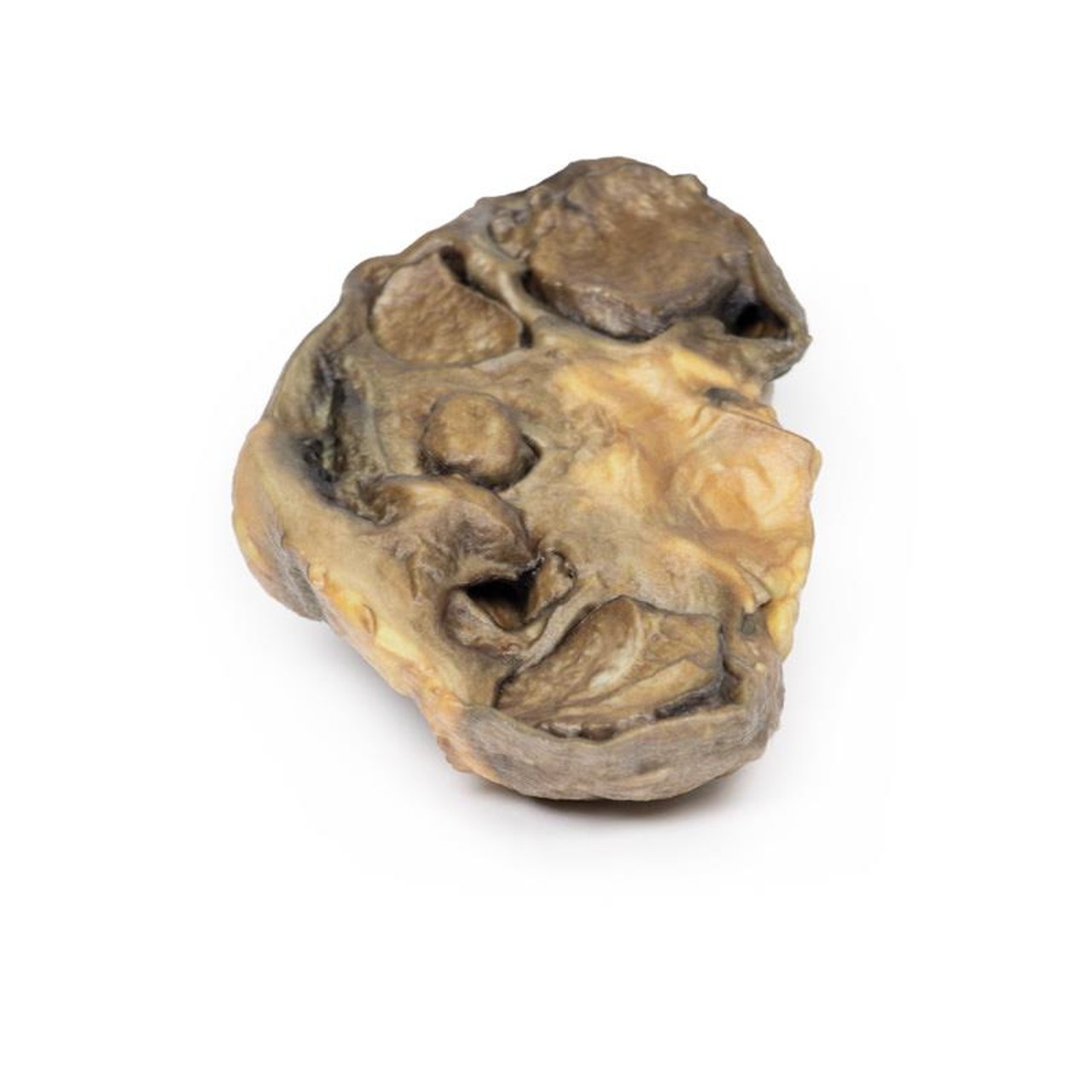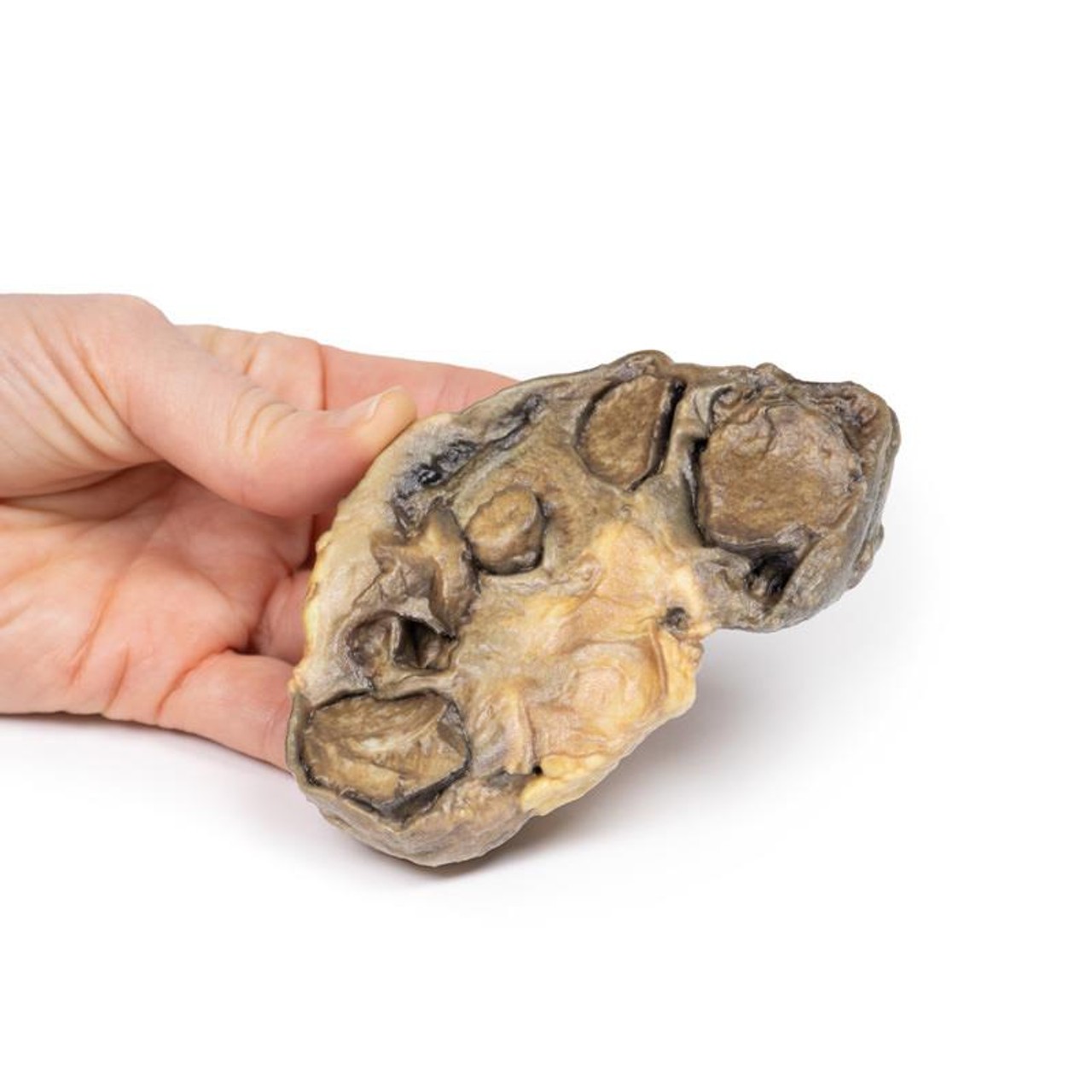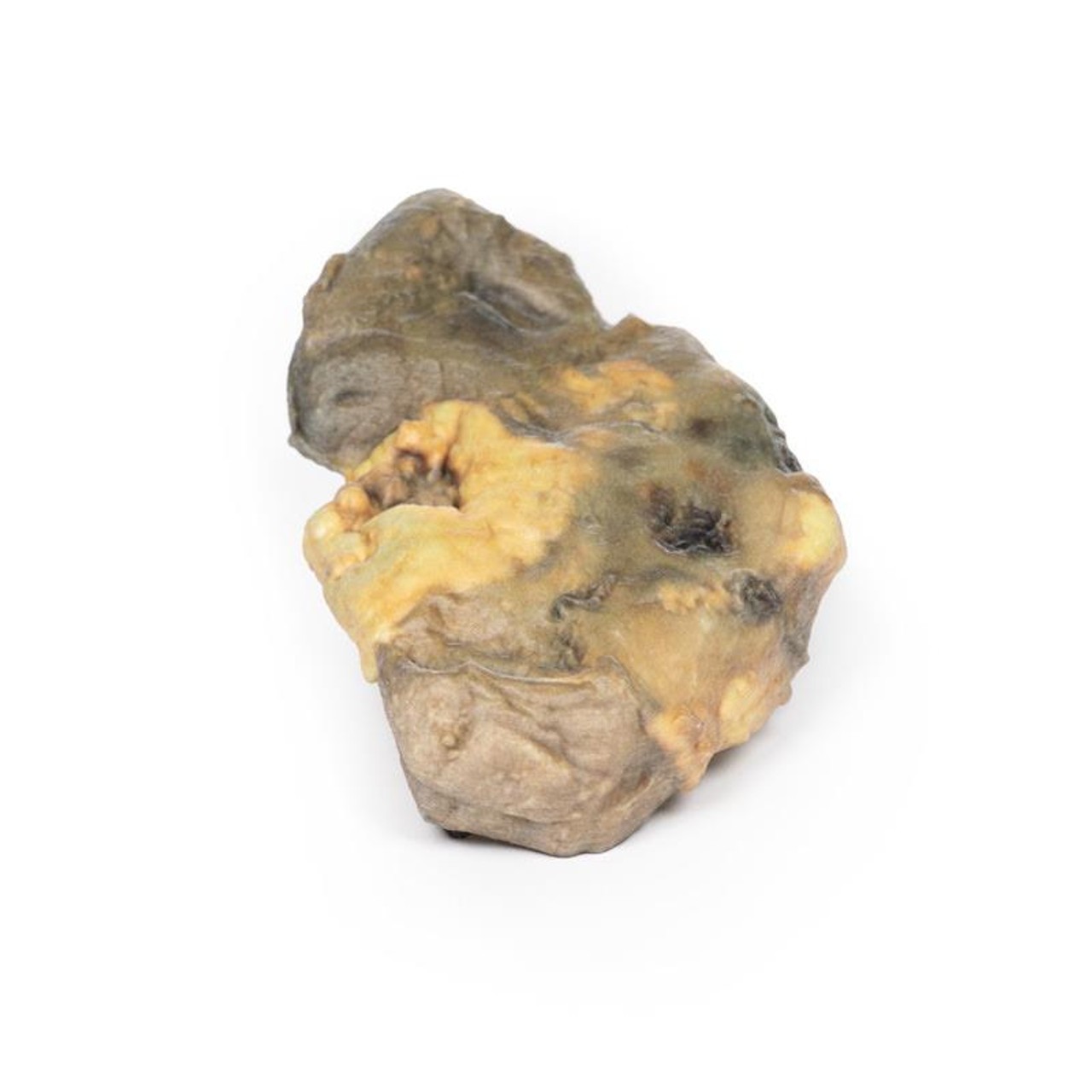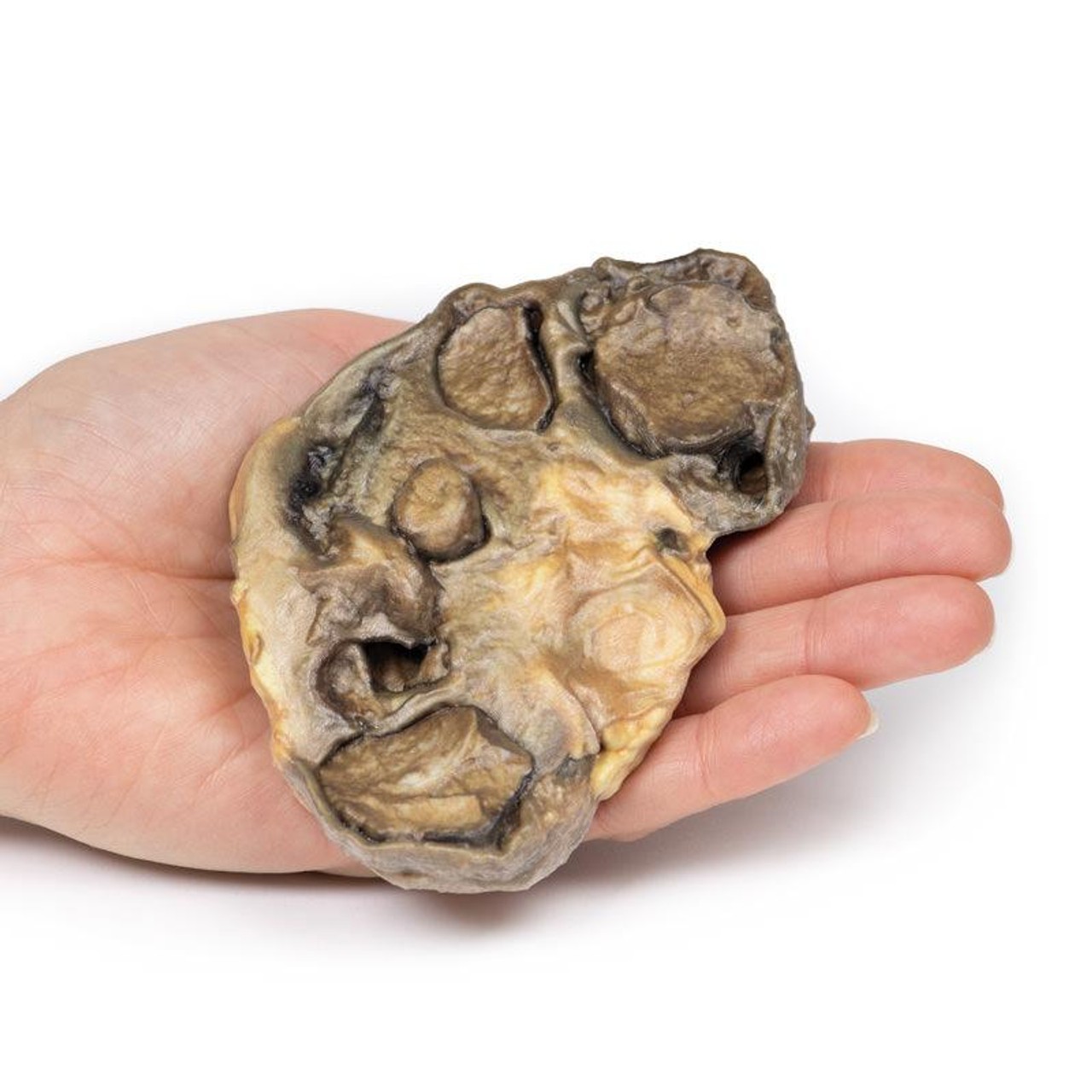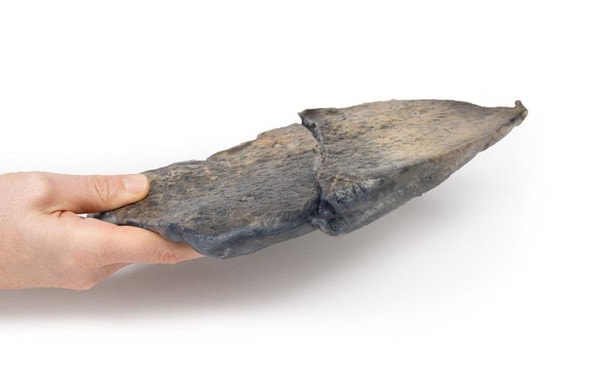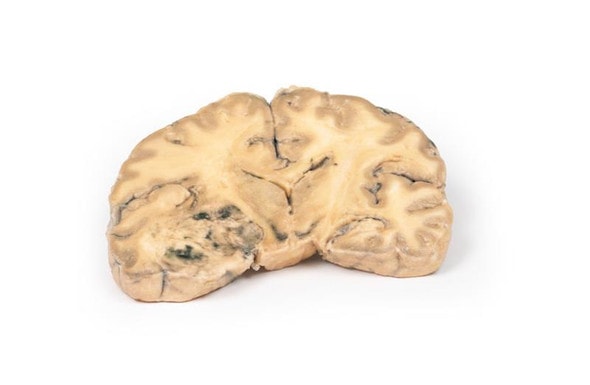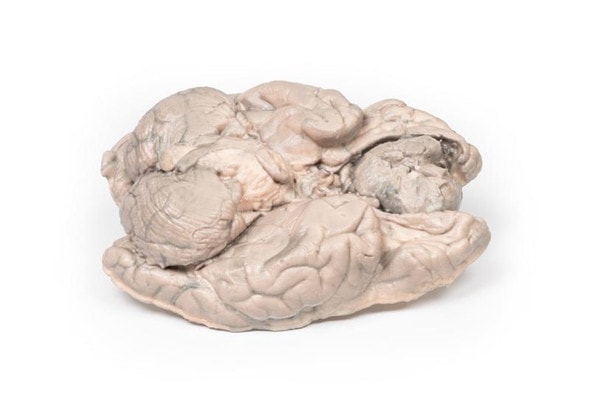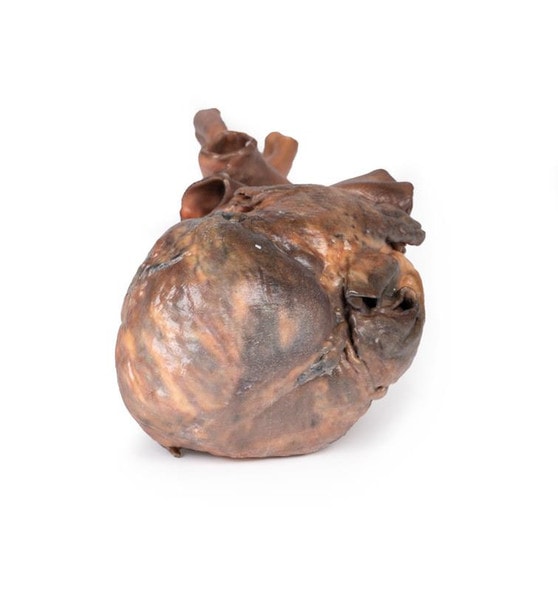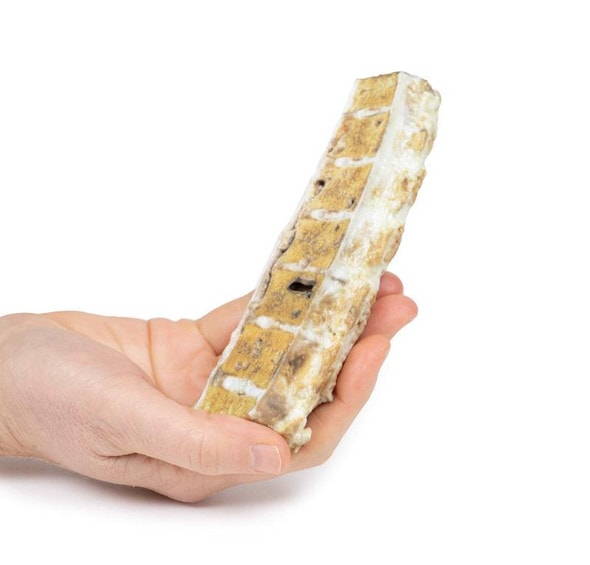Description
Developed from real patient case study specimens, the 3D printed anatomy model pathology series introduces an unmatched level of realism in human anatomy models. Each 3D printed anatomy model is a high-fidelity replica of a human cadaveric specimen, focusing on the key morbidity presentations that led to the deceasement of the patient. With advances in 3D printing materials and techniques, these stories can come to life in an ethical, consistently reproduceable, and easy to handle format. Ideal for the most advanced anatomical and pathological study, and backed by authentic case study details, students, instructors, and experts alike will discover a new level of anatomical study with the 3D printed anatomy model pathology series.
Clinical History
A 38-year old female presents with severe nausea, vomiting, fevers and rigors. She has a history of recurrent urinary tract infection over the past 6 months. She has required several courses of oral antibiotics, and one admission for IV antibiotics. Blood tests show raised inflammatory markers. Urinalysis is positive for white blood cells (WBC). A CT scan shows unilateral left hydronephrosis and pyelonephritis. She fails to respond to conservative treatment, and undergoes a nephrectomy. She makes a complete recovery.
Pathology
This is the patient's left nephrectomy specimen. The kidney has been sliced to display the cut surface. The pelvis and calyces are greatly dilated, and contain remnants of yellow pus. There is considerable fibrosis of the renal parenchyma. In the mid-zone near the lateral border, there is a hemorrhagic necrotic area 35 x 12 mm in diameter containing pus. There are two similar small hemorrhagic necrotic areas visible on the capsular surface. These lesions are probably continuous with the lesion seen on the cut surface, likely to be caused by hemorrhage into an abscess cavity. This lesion would have resulted in a perinephric abscess.
Further Information
Pyonephrosis occurs when there is an obstruction within the upper urinary tract and pyelonephritis. Debris of infection, WBC and bacteria collect in the obstructed kidney, resulting in a hydronephrotic kidney that is filled with pus. A staghorn calculus usually forms in association with chronic or recurrent infection as a consequence of the more alkaline urinary pH caused by the bacterial infection.
Pyonephrosis is a rare condition. Risk factors for development include immunosuppression, diabetes and anatomical urinary tract obstructions e.g. urinary tract strictures, horseshoe kidneys, tumors, urinary calculi. Clinical presentation can consist of vague symptoms but may include constitutional symptoms of sepsis, flank pain, hematuria, dysuria and pyuria. A grossly nephrotic kidney may be palpable on palpation of the abdomen. Pyuria will be present on urinalysis. Radiological diagnosis can be made using CT investigations usually but also Ultrasound or MRI looking for evidence of urinary tract obstruction and pyelonephritis.
Treatment will depend on the cause of the obstructing lesion. Emergent treatment involves drainage of the purulent build up within the kidney. This is performed by urology or interventional radiologists via percutaneous or retrograde ureteral stents to relieve the obstruction and drain the pus. Further surgical treatment will depend on the cause of obstruction. Antibiotic therapy is required for treatment of underlying infection or sepsis. If left untreated complications such as florid sepsis, xanthogranulomatous pyelonephritis, renal or perinephric abscess formation or fistula to pleura, colon or duodenum may occur.
Advantages of 3D Printed Anatomical Models
- 3D printed anatomical models are the most anatomically accurate examples of human anatomy because they are based on real human specimens.
- Avoid the ethical complications and complex handling, storage, and documentation requirements with 3D printed models when compared to human cadaveric specimens.
- 3D printed anatomy models are far less expensive than real human cadaveric specimens.
- Reproducibility and consistency allow for standardization of education and faster availability of models when you need them.
- Customization options are available for specific applications or educational needs. Enlargement, highlighting of specific anatomical structures, cutaway views, and more are just some of the customizations available.
Disadvantages of Human Cadavers
- Access to cadavers can be problematic and ethical complications are hard to avoid. Many countries cannot access cadavers for cultural and religious reasons.
- Human cadavers are costly to procure and require expensive storage facilities and dedicated staff to maintain them. Maintenance of the facility alone is costly.
- The cost to develop a cadaver lab or plastination technique is extremely high. Those funds could purchase hundreds of easy to handle, realistic 3D printed anatomical replicas.
- Wet specimens cannot be used in uncertified labs. Certification is expensive and time-consuming.
- Exposure to preservation fluids and chemicals is known to cause long-term health problems for lab workers and students. 3D printed anatomical replicas are safe to handle without any special equipment.
- Lack of reuse and reproducibility. If a dissection mistake is made, a new specimen has to be used and students have to start all over again.
Disadvantages of Plastinated Specimens
- Like real human cadaveric specimens, plastinated models are extremely expensive.
- Plastinated specimens still require real human samples and pose the same ethical issues as real human cadavers.
- The plastination process is extensive and takes months or longer to complete. 3D printed human anatomical models are available in a fraction of the time.
- Plastinated models, like human cadavers, are one of a kind and can only showcase one presentation of human anatomy.
Advanced 3D Printing Techniques for Superior Results
- Vibrant color offering with 10 million colors
- UV-curable inkjet printing
- High quality 3D printing that can create products that are delicate, extremely precise, and incredibly realistic
- To improve durability of fragile, thin, and delicate arteries, veins or vessels, a clear support material is printed in key areas. This makes the models robust so they can be handled by students easily.

